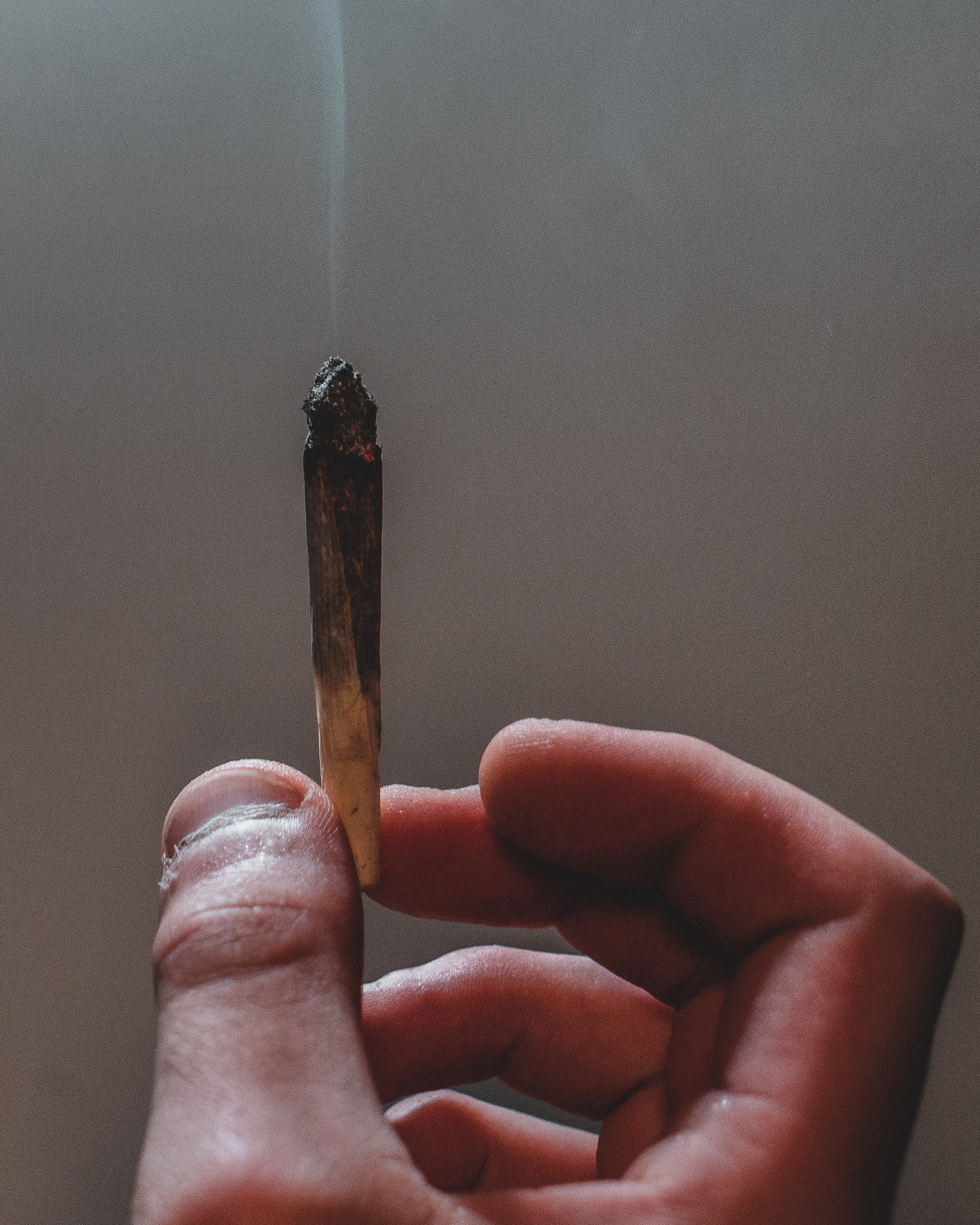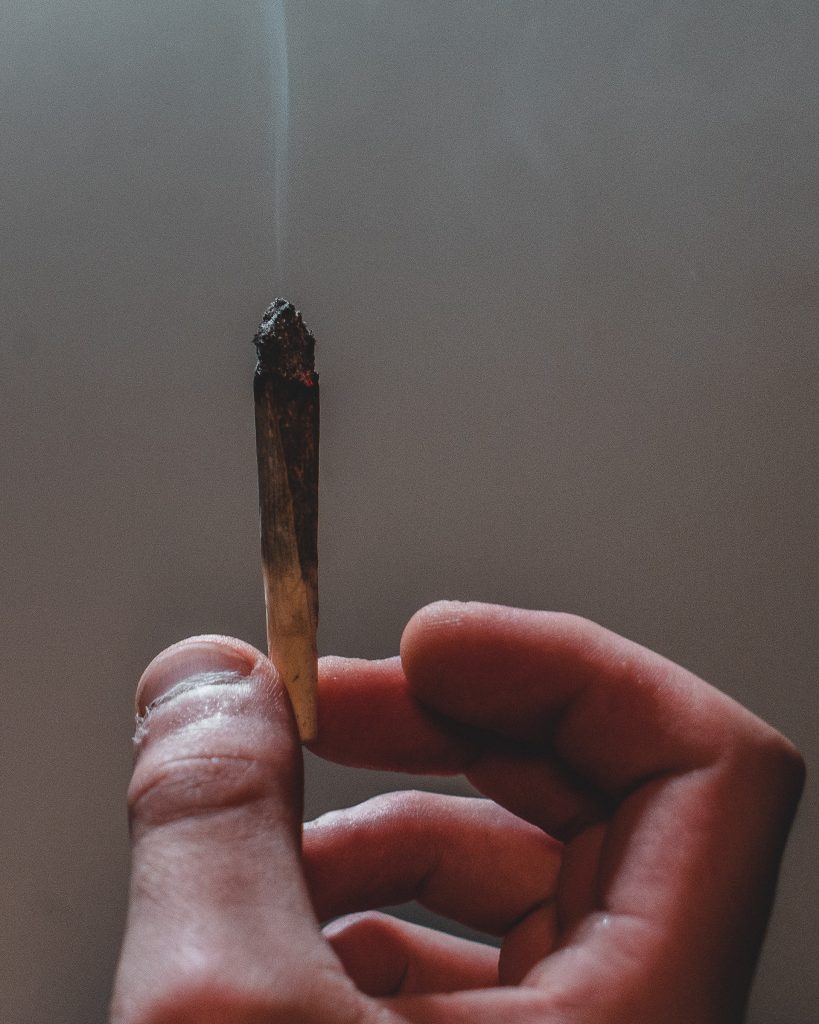Biological Males Dominating Women’s Track and Field Competitions

We’ve written before about efforts to force public schools to let boys enter girls’ showers, locker rooms, changing areas, and restrooms at school.
These radical policies are part of the movement to embrace transgender ideology, and they put children at serious risk.
In some states, these same policies are spilling over into high school athletics — and they are hurting students.
Recently our friends at Alliance Defending Freedom filed a complaint with the federal government on behalf of a group of female high school athletes in Connecticut, writing,
Selina Soule is a 16-year-old high school student at Glastonbury High School in Connecticut. Like many prep athletes her age, Selina has devoted countless days, nights, and weekends to training, striving to shave mere fractions of a second off her race times. She does so in the hopes of personal satisfaction of victory, an opportunity to participate in state and regional meets, and a chance to earn a college scholarship.
Yet, despite her best efforts, Selina has gone into races over the past two years knowing that she has little chance of winning. . . .
At the Connecticut indoor track championship in late February of this year, Selina missed out on qualifying for the New England regionals by two spots—both of which were taken by female-identifying boys. Not only that, but the two boys claimed the top spots at 6.95 seconds—a girls state indoor track “record”—and 7.01 seconds. The third-place contestant crossed the line at 7.23 seconds.
Selina didn’t get a chance to compete at the New England regionals and make an impression on college scouts—all because of the CIAC’s policy that prioritizes beliefs about gender over biology. . . .
This week, Selina and two other anonymous girls’ track athletes took a major step to correct the situation in Connecticut. As the named complainant on a Title IX complaintthat Alliance Defending Freedom filed with the U.S. Department of Education Office for Civil Rights, Selina is asking that the OCR investigate illegal discrimination against the Connecticut athletes. The complaint also notes that CIAC’s policy and its results directly violated the requirements of Title IX, a federal educational regulation designed to protect equal opportunities, including in athletics, for women and girls.
Letting male athletes who claim to be female compete against women can be more than just unfair. In some cases, it can be dangerous.
As John Stonestreet at the Colson Center for Christian Worldview noted in 2016,
In a 2014 Mixed Martial Arts fight, a transgendered fighter, Fallon Fox, destroyed Tamikka Brents, giving Brents a concussion and breaking her eye socket. As Brents put it, “I’ve fought a lot of women and have never felt the strength that I felt in a fight as I did that night.” She continued, “I’ve never felt so overpowered ever in my life” and “I’m an abnormally strong female in my own right.”
And mind you, Fox underwent reassignment surgery in 2006 and had been on hormone therapy ever since. In other words, Fox is as “transitioned” as a transgendered athlete can be, and still the competition was blatantly unfair.
All of this is simply another example of the consequences of radical LGBT policies.
Photo by Kolleen Gladden on Unsplash




